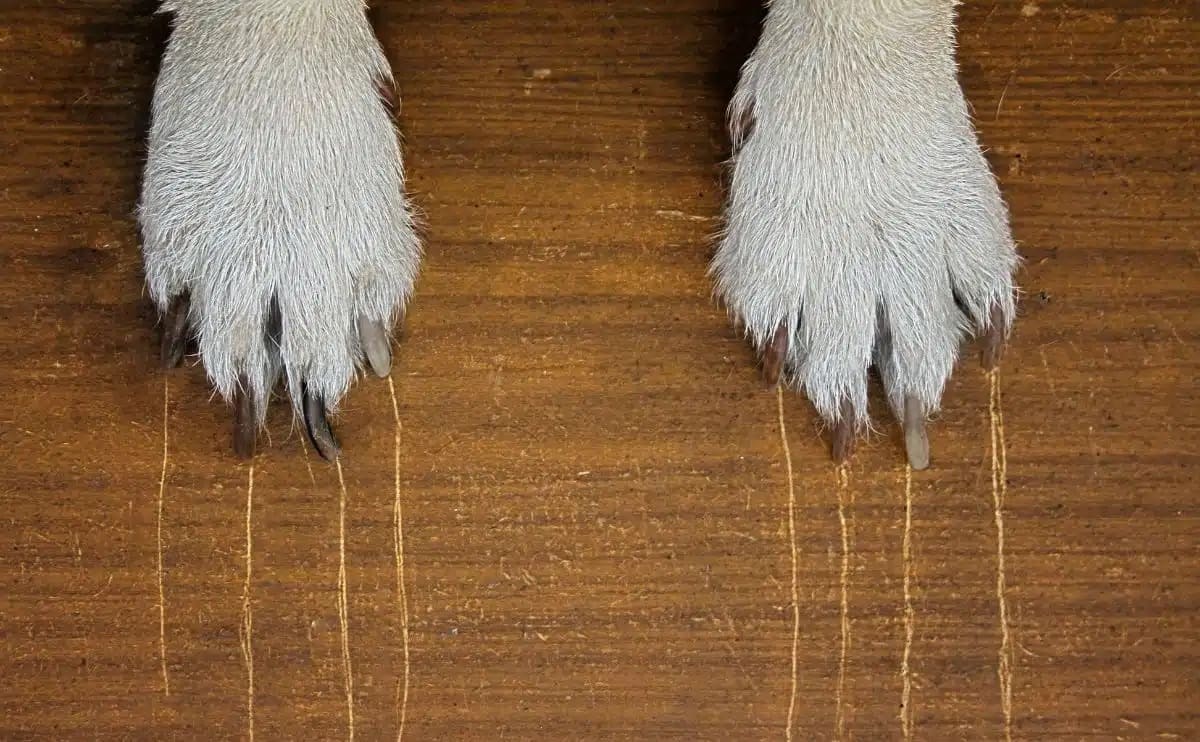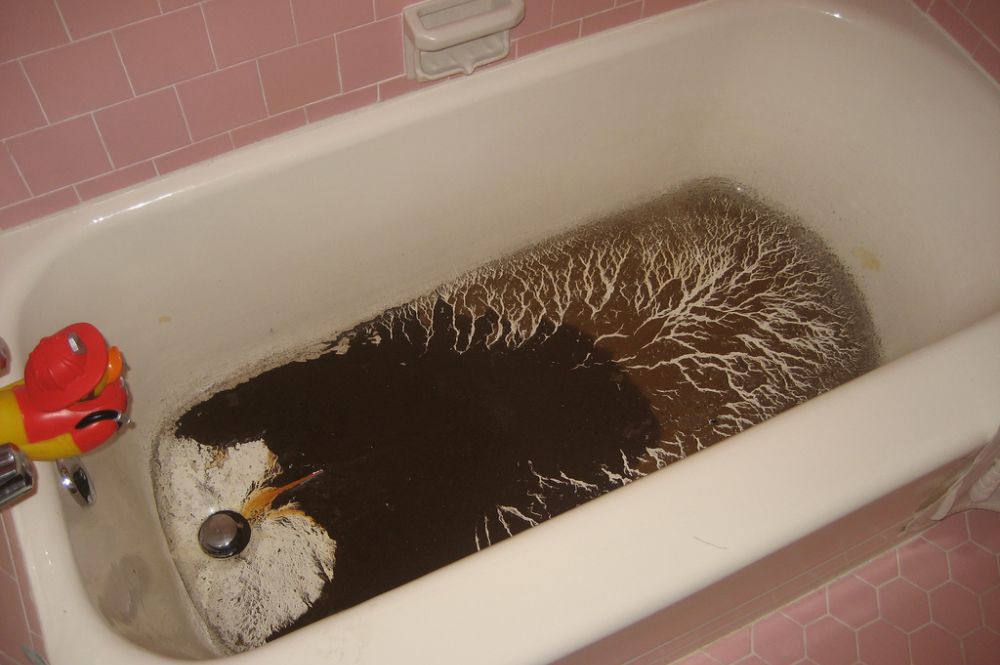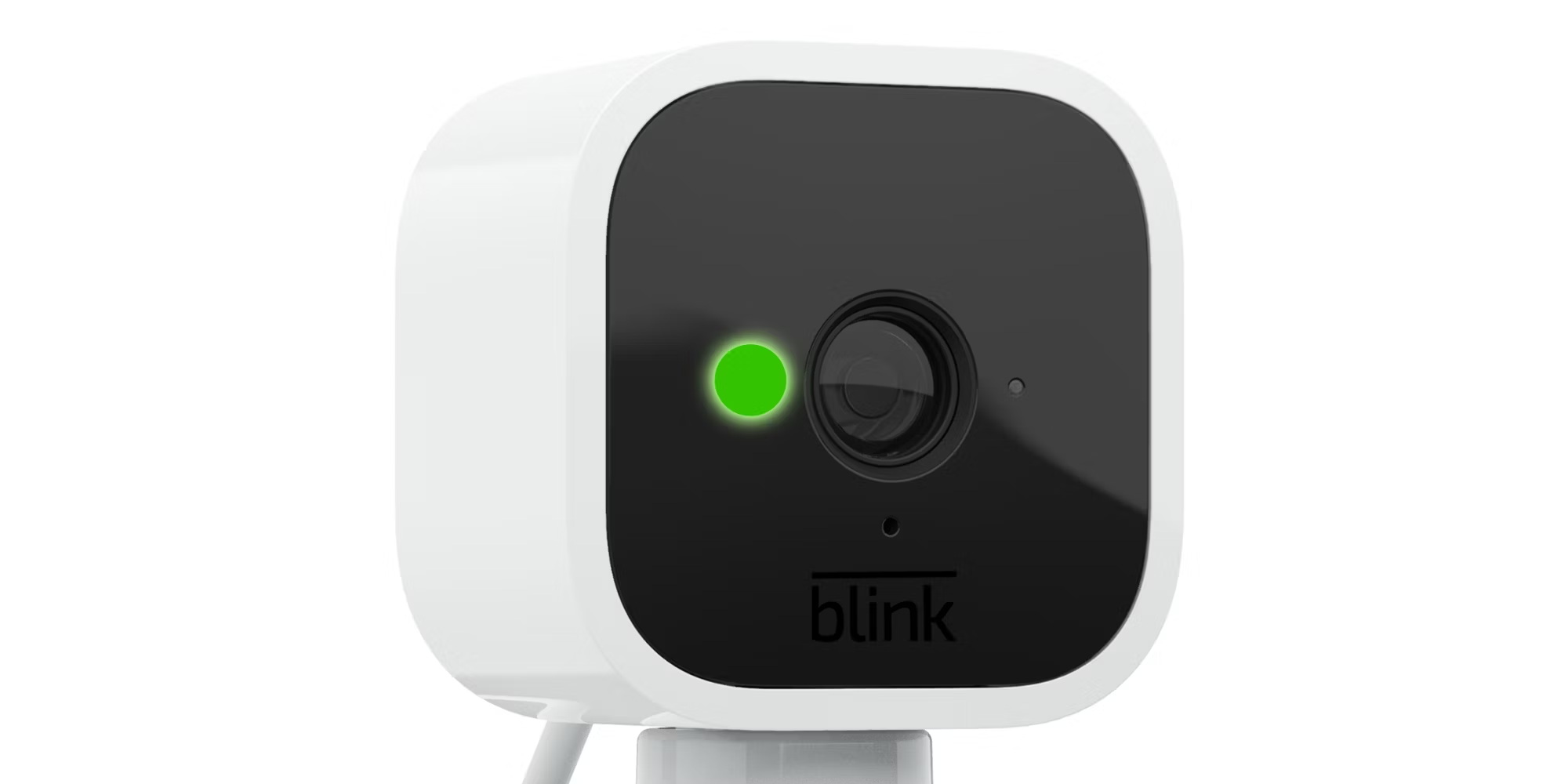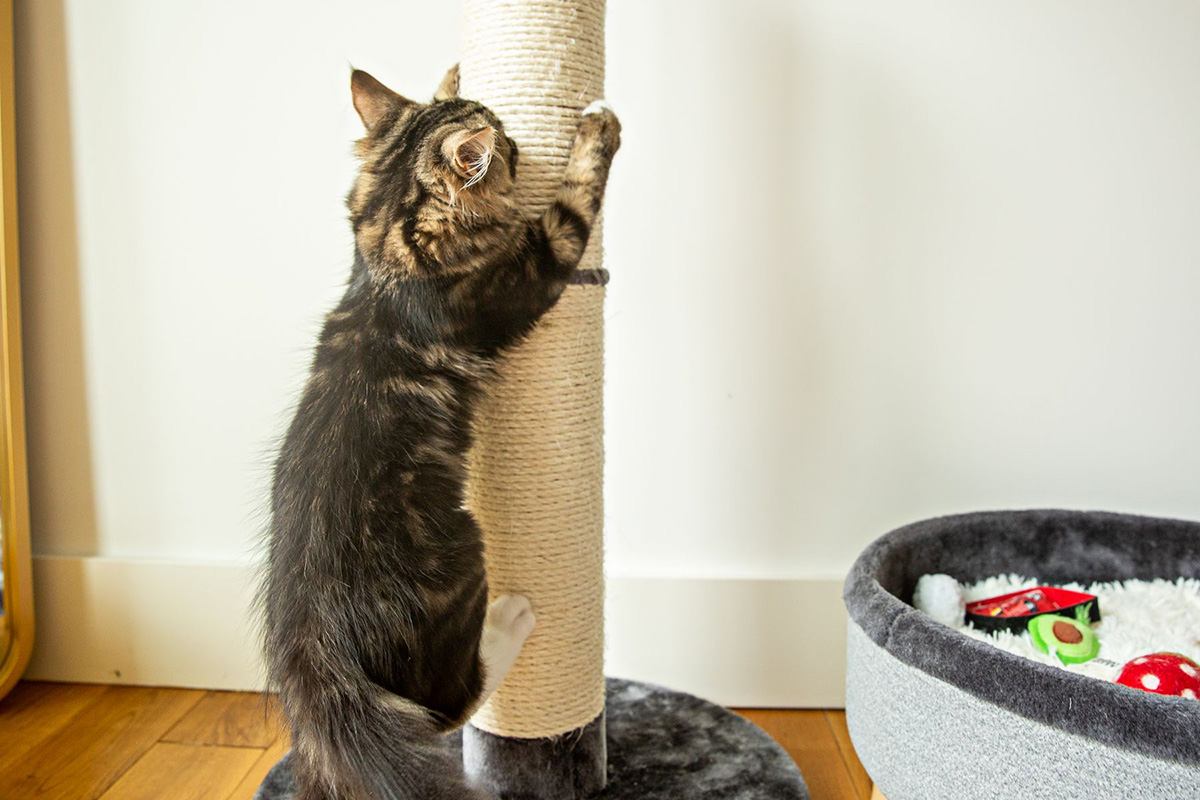Home>Articles>What Does It Mean When A Dog Scratches The Carpet


Articles
What Does It Mean When A Dog Scratches The Carpet
Modified: August 16, 2024
Find out why your dog is scratching the carpet and what it could mean. Read informative articles on dog behavior and solutions to prevent carpet damage.
(Many of the links in this article redirect to a specific reviewed product. Your purchase of these products through affiliate links helps to generate commission for Storables.com, at no extra cost. Learn more)
Introduction
Have you ever noticed your dog vigorously scratching the carpet? It can be puzzling and frustrating to witness this behavior. You may wonder why your furry friend is engaging in such activity and how you can address it. In this article, we will delve into the world of dog scratching behavior, explore the potential reasons behind it, and provide you with tips on how to stop or prevent this carpet-damaging habit.
Dogs, being naturally curious and active creatures, can display a variety of behaviors. One such behavior is scratching, which is a common occurrence among many dogs. However, when this scratching shifts from appropriate surfaces like scratching posts or the ground to the carpet, it becomes a cause for concern.
Understanding why your dog is scratching the carpet is crucial in finding a solution. It’s important to note that there can be multiple factors contributing to this behavior. It can range from health issues to environmental factors to behavioral and psychological issues. By identifying the underlying cause, you can develop a targeted plan to address the behavior and protect your valuable carpets.
Let’s explore the possible reasons behind your dog’s carpet scratching habit and gain insights into how to deal with it effectively.
Key Takeaways:
- Understanding the reasons behind your dog’s carpet scratching, such as health issues, environmental factors, and behavioral triggers, is crucial in developing a targeted plan to address and prevent this behavior effectively.
- Providing suitable scratching surfaces, addressing underlying health issues, and creating a calm and supportive environment are key strategies to stop or prevent your dog from scratching the carpet. Patience, consistency, and positive reinforcement play a vital role in modifying your dog’s behavior.
Read more: What Does It Mean When A Glass Sweats
Understanding Dog Scratching Behavior
Scratching is a natural behavior for dogs. Instinctually, they scratch to mark their territory, keep their claws sharp, and remove loose debris from their paws. While scratching is normal, when dogs focus their attention on the carpet instead of appropriate surfaces, it can indicate an underlying problem.
It’s essential to pay attention to your dog’s body language while they scratch. Observe if they seem uncomfortable, restless, or exhibit signs of itchiness. Scratching can be a way for dogs to relieve discomfort or itchiness caused by various factors such as allergies, fleas, or dry skin.
In some cases, dogs scratch the carpet out of boredom or frustration. Dogs are social creatures that crave mental and physical stimulation. If they don’t receive enough exercise or mental enrichment, they may resort to behaviors like carpet scratching to release pent-up energy.
Some breeds are more prone to excessive scratching due to their genetic predisposition. Breeds with long nails or hair, such as Shih Tzus or Yorkshire Terriers, may accidentally scratch the carpet when trying to groom themselves. Additionally, anxiety or stress can manifest as excessive scratching behavior, especially in dogs prone to nervousness.
Understanding the reasons behind your dog’s behavior is crucial in determining the best course of action. Be observant of any additional symptoms, consult your veterinarian, and consider environmental and behavioral factors that may contribute to the carpet scratching habit.
Now, let’s explore some of the potential reasons your dog may be scratching the carpet and how to address them effectively.
Possible Reasons for Scratching the Carpet
When your dog scratches the carpet, there can be a variety of reasons behind this behavior. Understanding these reasons can help you develop a targeted approach to address the issue. Here are some possible reasons why your canine companion may be scratching the carpet:
- Itchy skin: Dogs can develop itchy skin due to allergies, flea infestations, or skin conditions. This discomfort may lead them to scratch at the carpet in an attempt to alleviate the irritation. Consult with your veterinarian to determine the underlying cause and to develop a treatment plan if necessary.
- Boredom or lack of exercise: Dogs need mental and physical stimulation to prevent boredom. If they are not getting enough exercise or mental enrichment, they may resort to carpet scratching as a way to release their pent-up energy. Make sure your dog gets regular exercise and provide them with interactive toys and puzzles to keep them engaged.
- Separation anxiety: Dogs with separation anxiety may exhibit destructive behaviors, including scratching the carpet, when left alone. They engage in this behavior as a coping mechanism for their anxiety. Consult with a professional trainer or behaviorist to develop a plan to address your dog’s anxiety and provide them with the support they need.
- Territorial marking: Dogs have a natural instinct to mark their territory. Scratching the carpet can be a way for them to leave their scent and establish their presence. If your dog is displaying territorial marking behavior, consider providing them with appropriate outlets, such as outdoor areas or designated marking spots.
- Lack of proper scratching surfaces: Dogs need appropriate outlets for their natural scratching instincts. If you haven’t provided them with suitable alternatives like scratching posts or mats, they may resort to scratching the carpet instead. Invest in scratching surfaces that are appealing to your dog and encourage them to use those alternatives instead of the carpet.
These are just a few potential reasons why your dog may be scratching the carpet. Remember, each dog is unique, and there may be specific factors contributing to their behavior. Observe your dog’s habits, consult with professionals if needed, and adapt your approach to suit your dog’s individual needs.
Health Issues that may Cause Carpet Scratching
When your dog consistently scratches the carpet, it’s essential to consider that underlying health issues may be the root cause. Dogs can experience various health conditions that lead to itchiness or discomfort, prompting them to engage in excessive scratching. Here are some common health issues to be aware of:
- Allergies: Dogs can develop allergies to environmental factors like pollen, dust mites, or certain foods. These allergies can cause itchiness, skin redness, and irritation, leading to carpet scratching. Your veterinarian can perform allergy tests and recommend allergen management strategies or prescribe medications to alleviate your dog’s itchiness.
- Fleas: Fleas are a common external parasite that can cause intense itching. Even a single flea bite can trigger a hypersensitivity reaction in sensitive dogs, leading to constant scratching. Regular flea prevention and treatment are crucial in preventing infestations and reducing the likelihood of carpet scratching.
- Dry skin: Just like humans, dogs can experience dry and flaky skin. This can occur due to factors such as low humidity, allergies, or poor diet. Dry skin can cause itchiness and discomfort, leading to excessive scratching. Ensuring your dog stays hydrated, providing a balanced diet, and using moisturizing treatments recommended by your veterinarian can help alleviate dry skin issues.
- Skin infections: Bacterial or fungal infections can cause skin irritation and inflammation, resulting in a persistent urge to scratch. These infections may occur due to underlying allergies, injury, or compromised immune function. If you suspect a skin infection, consult with your veterinarian for proper diagnosis and treatment, which may include oral or topical medications.
- Parasites: Aside from fleas, other parasites like mites or ticks can cause itchiness and discomfort in dogs. These microscopic pests can reside in the dog’s skin, resulting in relentless scratching. Regular parasite prevention and close monitoring of your dog’s skin can help prevent infestations and reduce the carpet scratching behavior.
If you suspect that your dog’s carpet scratching is due to a health issue, it’s important to consult with your veterinarian for a thorough examination. They will be able to diagnose any underlying health conditions and prescribe appropriate treatments or interventions to alleviate your dog’s discomfort and reduce their urge to scratch the carpet.
If your dog is scratching the carpet, it could be a sign of anxiety, boredom, or a need for attention. Provide mental and physical stimulation through exercise, interactive toys, and training to help alleviate the behavior.
Environmental Factors that Contribute to Carpet Scratching
While health issues can be a significant factor in your dog’s carpet scratching behavior, it’s important to consider the environmental factors that may contribute to this habit as well. Environmental stimuli and conditions can influence your dog’s behavior and trigger scratching. Here are some common environmental factors to be aware of:
- Lack of physical exercise: Dogs need regular physical exercise to release their energy and stimulate their minds. Without adequate exercise, they may become restless, bored, or frustrated. This pent-up energy can manifest as carpet scratching as a means of release. Ensure that your dog receives daily exercise through walks, playtime, or interactive activities.
- Insufficient mental stimulation: In addition to physical exercise, dogs require mental stimulation to keep their minds engaged and prevent boredom. Lack of mental stimulation can lead to behavioral issues, including carpet scratching. Provide your dog with interactive toys, puzzle feeders, and training sessions to keep their minds occupied and prevent boredom-driven behaviors.
- Changes in the household: Dogs are creatures of habit and routine. Significant changes in the household, such as moving to a new home, welcoming a new family member, or changes in daily routines, can cause stress and anxiety in dogs. This stress can manifest as carpet scratching. Provide your dog with a safe and comfortable space and help them adjust to any changes gradually.
- Separation anxiety: Dogs with separation anxiety often exhibit destructive behaviors in an attempt to cope with their anxiety when left alone. Carpet scratching can be a sign of separation anxiety. Creating a peaceful and secure environment for your dog, using positive reinforcement training, and gradually introducing alone time can help alleviate separation anxiety and reduce carpet scratching.
- Uncomfortable flooring: The choice of flooring in your home can also play a role in your dog’s scratching behavior. Slippery or uncomfortable surfaces like vinyl or laminate flooring can lead dogs to seek soft or carpeted areas to scratch. Providing comfortable and appropriate flooring options or using carpets or rugs in designated scratching areas can redirect their behavior.
Understanding and addressing these environmental factors can significantly contribute to minimizing your dog’s carpet scratching behavior. Creating a stimulating environment, providing proper outlets for their energy, and ensuring a peaceful and comfortable atmosphere can help curb the habit and promote healthy behaviors in your furry friend.
Read more: Why Do Dogs Scratch Rugs
Behavioral and Psychological Factors in Carpet Scratching
When it comes to carpet scratching in dogs, it’s important to consider the behavioral and psychological factors that may contribute to this behavior. Dogs, like humans, can display certain behaviors based on their emotions, experiences, and learned habits. Here are some behavioral and psychological factors to keep in mind:
- Anxiety and stress: Dogs can experience anxiety and stress, which can manifest as unwanted behaviors such as carpet scratching. Anxiety can be triggered by various factors like loud noises, unfamiliar environments, or separation from their loved ones. Identifying the triggers and implementing anxiety-reducing techniques such as desensitization, counter-conditioning, or providing a safe space can help alleviate anxiety-related carpet scratching.
- Attention-seeking behavior: Dogs are social animals and may resort to attention-seeking behavior, including carpet scratching, to get your attention. If your dog has learned that scratching the carpet results in your immediate response, they may continue this behavior as a way to engage with you. Instead, redirect their attention to appropriate activities and reinforce positive behaviors with praise and rewards.
- Habit formation: Dogs are creatures of habit. If carpet scratching has become a routine behavior for your dog, they may continue to engage in it out of habit, even if the initial trigger is no longer present. Breaking the habit requires consistency and redirection. Encourage them to use appropriate scratching surfaces and discourage carpet scratching by using positive reinforcement techniques.
- Compulsive behavior: In some cases, carpet scratching can be a sign of compulsive behavior in dogs. Compulsive behaviors are repetitive and excessive actions that serve no apparent purpose. Dogs with compulsive behavior may engage in carpet scratching as a way to relieve anxiety or boredom. Consult with a veterinary behaviorist to evaluate your dog’s behavior and develop an appropriate treatment plan.
- Attention diversion or frustration: If your dog is not receiving enough mental or physical stimulation, they may resort to carpet scratching out of frustration or as a way to divert attention. Providing regular exercise, mental enrichment, and engaging activities can redirect their focus and reduce this behavior.
Understanding these behavioral and psychological factors can help you develop strategies to address carpet scratching in your dog. Patience, consistency, and positive reinforcement are key in modifying behavior and promoting healthier habits. Consider consulting with a professional dog trainer or behaviorist for guidance tailored to your dog’s specific needs.
How to Stop or Prevent Carpet Scratching
Addressing the carpet scratching behavior in your dog requires a multi-pronged approach that considers the underlying reasons and provides appropriate alternatives. Here are some strategies to help stop or prevent carpet scratching:
- Provide suitable scratching surfaces: Invest in scratching posts, mats, or boards that are appealing to your dog. Place them in areas where your dog often scratches the carpet. Encourage your dog to use these surfaces by placing treats or toys nearby and rewarding them when they engage with the appropriate scratching surfaces.
- Redirect their behavior: When you catch your dog scratching the carpet, firmly say “No!” and redirect their attention to an appropriate scratching surface. Guide their paws on the surface to demonstrate the desired behavior. Reward them with praise and treats when they use the designated scratching area instead of the carpet.
- Ensure physical and mental exercise: Make sure your dog receives sufficient physical exercise to release their energy. Engage in daily walks, play interactive games, and provide them with toys that stimulate their minds. Mental stimulation is equally important. Puzzle toys, training sessions, and interactive feeding games can keep their minds occupied and reduce the likelihood of carpet scratching out of boredom.
- Address underlying health issues: If you suspect that health issues like allergies or skin conditions are contributing to your dog’s carpet scratching, consult with your veterinarian. They can diagnose and treat any underlying health problems, relieving your dog’s discomfort and reducing their urge to scratch the carpet.
- Create a calm environment: Minimize stress and anxiety triggers in your dog’s environment. Provide a safe space where they can retreat when they feel anxious. Avoid loud noises or sudden changes that may cause stress. Use gradual desensitization techniques and positive reinforcement to help your dog overcome anxiety-related carpet scratching.
- Positive reinforcement: Use positive reinforcement techniques to reward your dog’s desired behaviors. When they use the appropriate scratching surfaces, praise them and offer treats or their favorite toys. Consistency and positive reinforcement will reinforce the desired behavior and discourage carpet scratching.
- Supervision and management: When you cannot directly supervise your dog, confine them to a safe area or use baby gates to restrict access to carpeted areas. This prevents them from engaging in the unwanted behavior when you’re unable to redirect their attention.
Remember, addressing carpet scratching requires patience and consistency. Each dog is unique, so it may take time to find the most effective approach for your furry friend. If the behavior persists or escalates despite your efforts, consider consulting with a professional dog trainer or behaviorist for additional guidance and support.
Conclusion
Carpet scratching in dogs can be a frustrating and damaging behavior, but with the right understanding and approach, it can be addressed effectively. By considering the various factors that contribute to carpet scratching, such as health issues, environmental factors, and behavioral or psychological factors, you can develop a comprehensive plan to stop or prevent this behavior.
First and foremost, it’s important to identify any underlying health issues that may be causing discomfort or itchiness in your dog. Consult with your veterinarian to address these issues and provide appropriate treatments or interventions.
Environmental factors also play a significant role in your dog’s behavior. Ensure that your dog receives sufficient physical exercise and mental stimulation to prevent boredom and frustration. Providing appropriate outlets for their scratching instincts is essential. Invest in scratching posts, mats, or boards that are appealing to your dog and redirect their attention to these surfaces when they engage in carpet scratching.
Behavioral and psychological factors, such as anxiety or attention-seeking behavior, should also be considered. Creating a calm and supportive environment for your dog, implementing positive reinforcement techniques, and seeking professional guidance when needed can all contribute to modifying their behavior.
Ultimately, addressing carpet scratching requires patience, consistency, and a tailored approach. Every dog is unique, so finding the most effective strategies for your furry friend may take time and experimentation. Remember to be proactive in addressing the behavior, provide plenty of mental and physical stimulation, and reward positive behaviors to encourage your dog to choose appropriate scratching surfaces.
By understanding the underlying causes and implementing the tips and strategies outlined in this article, you can help your dog break the habit of carpet scratching and create a harmonious living environment for both you and your canine companion.
Frequently Asked Questions about What Does It Mean When A Dog Scratches The Carpet
Was this page helpful?
At Storables.com, we guarantee accurate and reliable information. Our content, validated by Expert Board Contributors, is crafted following stringent Editorial Policies. We're committed to providing you with well-researched, expert-backed insights for all your informational needs.














